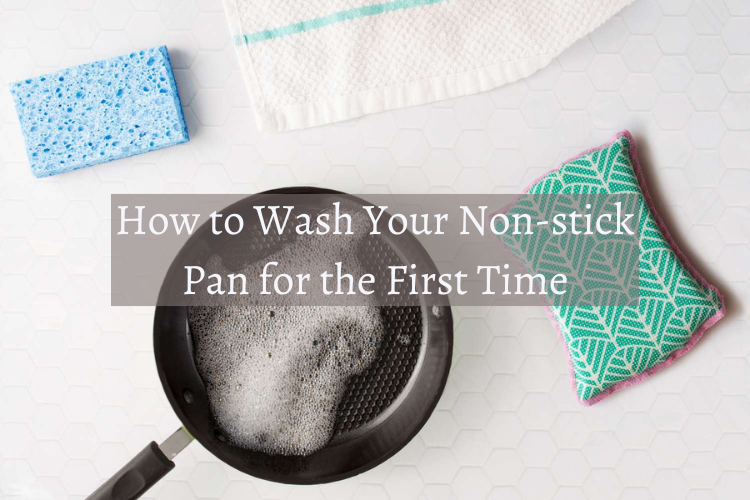Are All Nonstick Pans Teflon
When shopping for nonstick pans, you might wonder, “Are all nonstick pans Teflon?” It’s a good question and understanding the answer can help you make the best choice for your kitchen. Let’s explore this topic and find out what makes nonstick pans work and how to choose the right one for you.
Are All Nonstick Pans Teflon?
No, not all nonstick pans are Teflon. While Teflon is one of the most famous nonstick coatings, there are other types of nonstick surfaces that you might come across. For instance, if you’re curious about specific brands, you might want to read about the quality of different options, such as “Are Carote Nonstick Pans Good?” to see how they compare.
Other Types of Nonstick Coatings
Ceramic Coatings
Ceramic-coated pans use a layer of ceramic, which is a type of glass, to make them nonstick.
Advantages:
- No PTFE/PFOA: Ceramic coatings don’t have the chemicals used in Teflon.
- Heat Tolerance: Can handle higher temperatures without breaking down.
- Environmentally Friendly: Better for the environment compared to some other coatings.
Disadvantages:
- Durability: Might wear out faster with regular use.
- Nonstick Quality: Not as slick as Teflon.
Anodized Aluminum
Anodized aluminum pans are made by treating aluminum to create a hard, nonstick surface.
Advantages:
- Durable: More resistant to scratches and dents.
- Non-reactive: Doesn’t react with acidic foods.
- Good Heat Distribution: Cooks food evenly.
Disadvantages:
- Nonstick Performance: Not as nonstick as Teflon; may need more oil.
- Cost: Usually more expensive than basic nonstick pans.
Cast Iron with Seasoning
Cast iron pans can become nonstick through a process called seasoning, where oil is baked onto the pan.
Advantages:
- Natural Nonstick: Develops a nonstick layer over time with proper care.
- Durable: Can last a lifetime if well maintained.
- Great Heat Retention: Excellent for cooking evenly.
Disadvantages:
- Maintenance: Needs regular seasoning and special cleaning.
- Heavy: Can be difficult to handle.
Comparing Nonstick Pans: Teflon vs. Others
Here’s a simple comparison to help you understand the differences between Teflon and other nonstick coatings:
| Feature | Teflon | Ceramic | Anodized Aluminum | Cast Iron |
|---|---|---|---|---|
| Nonstick Quality | High | Moderate | Low | Variable (depends on seasoning) |
| Heat Resistance | Up to 500°F (260°C) | Up to 800°F (427°C) | Up to 600°F (316°C) | Up to 500°F (260°C) |
| Durability | Moderate | Low to Moderate | High | High |
| Chemical Safety | PTFE, concerns at high heat | No PTFE/PFOA | No PTFE/PFOA | No PTFE/PFOA |
| Ease of Cleaning | Easy | Easy | Moderate | Moderate |
After reviewing the comparison table, you might be interested in the environmental aspects of nonstick pans. For example, you might ask, “Can You Recycle Nonstick Pans?” Knowing how to properly dispose of or recycle your nonstick cookware is an important step in making more sustainable choices.
Choosing the Right Nonstick Pan
When picking a nonstick pan, think about what you cook the most and what you need from your pan.
- For Everyday Cooking: Teflon pans are great for everyday use due to their ease of cleaning.
- For High-Heat Cooking: Ceramic or anodized aluminum might be better since they handle higher temperatures well.
- For Long-Term Use: Cast iron is a good choice if you want a pan that can last for decades.
Tips for Taking Care of Nonstick Pans
To make your nonstick pan last longer, follow these simple tips:
- Avoid High Heat: Use low to medium heat to protect the coating.
- Use Gentle Utensils: Stick to wooden or silicone utensils to prevent scratches.
- Hand Wash: Wash your pan by hand with a soft sponge to avoid damaging the surface.
What’s Next for Nonstick Cookware?
The world of nonstick cookware is always changing. Companies are working on new materials and coatings to make cooking safer and more convenient. As you shop for nonstick pans, you might also wonder, “Can You Use Butter on Non Stick Pan?” It’s a common question as you explore the latest innovations and consider what fits best with your cooking needs.
Conclusion
To sum up, not all nonstick pans are Teflon. While Teflon is a well-known nonstick coating, there are many other types of nonstick surfaces to choose from. By understanding the differences, you can select the best nonstick pan that fits your cooking style and needs.

Hello, I’m Benny Jensen – a kitchen expert specializing in daily used utensils. With more than a decade of professional experience, I’m excited to share my expertise to make your life easier, smarter, and more comfortable. Let’s uncover the magic of well-crafted utensils together and make your time in the kitchen efficient and delightful!







